Framing in Photography: A Powerful Composition Technique for Bold Shots

Once you’ve mastered the rule of thirds, it’s time to try a more advanced composition technique that can elevate your photography: framing. It’s not difficult, but it’s something you need to keep in mind and use deliberately. It also helps to have a few examples in your head of what framing looks like. Let’s take a look at a few of these.
Framing can be used in many different ways in photography. I’ll focus on the most common and obvious ones, but once you get the basics down, there’s nothing stopping you from adapting and experimenting with framing in your own way.
What is framing?
Framing means using elements in the scene to surround your subject, creating a kind of “secondary frame,” like taking a photo of a painting hanging on the wall.
Unlike a traditional picture frame, framing in photography doesn’t have to enclose the subject on all four sides. Often, but not always, it involves foreground elements to add another layer to the composition.
Why use framing?
Photos that use framing tend to have more depth. The viewer isn’t just looking at the subject, but they’re also getting cues about distance, scale, and the surrounding environment. This gives the image more context and, in some cases, helps tell a story.

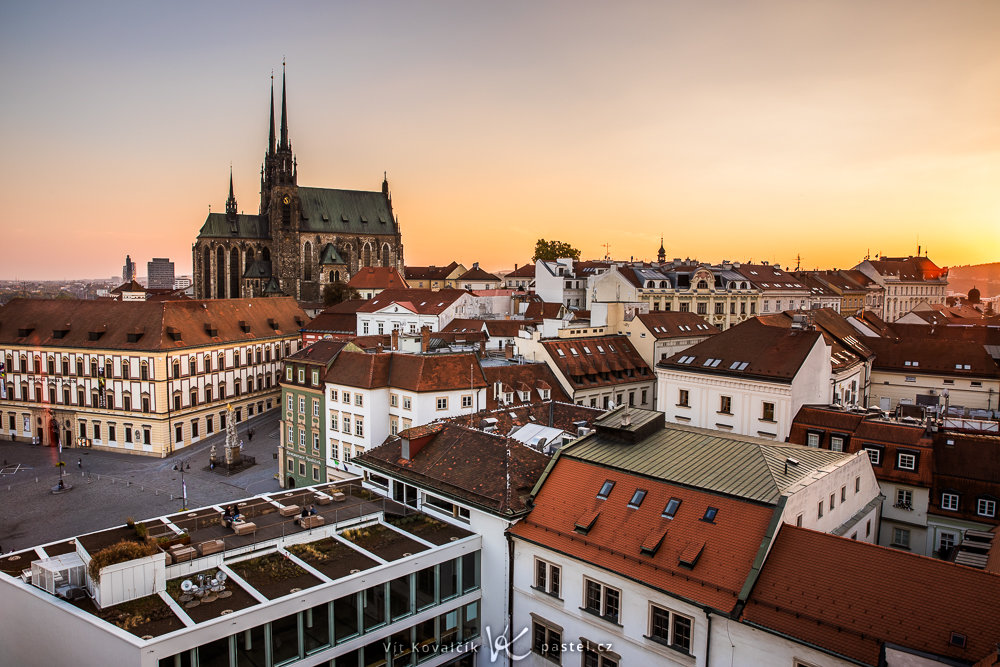
Finally, framing also helps highlight your subject.
How to use framing
The idea is simple: Once you’ve chosen your subject, look around to see if there’s anything you can use to frame it. Then, adjust your position so that both the subject and framing are in your shot.
Ideally, the frame should be darker than the subject, but it’s not a strict rule.
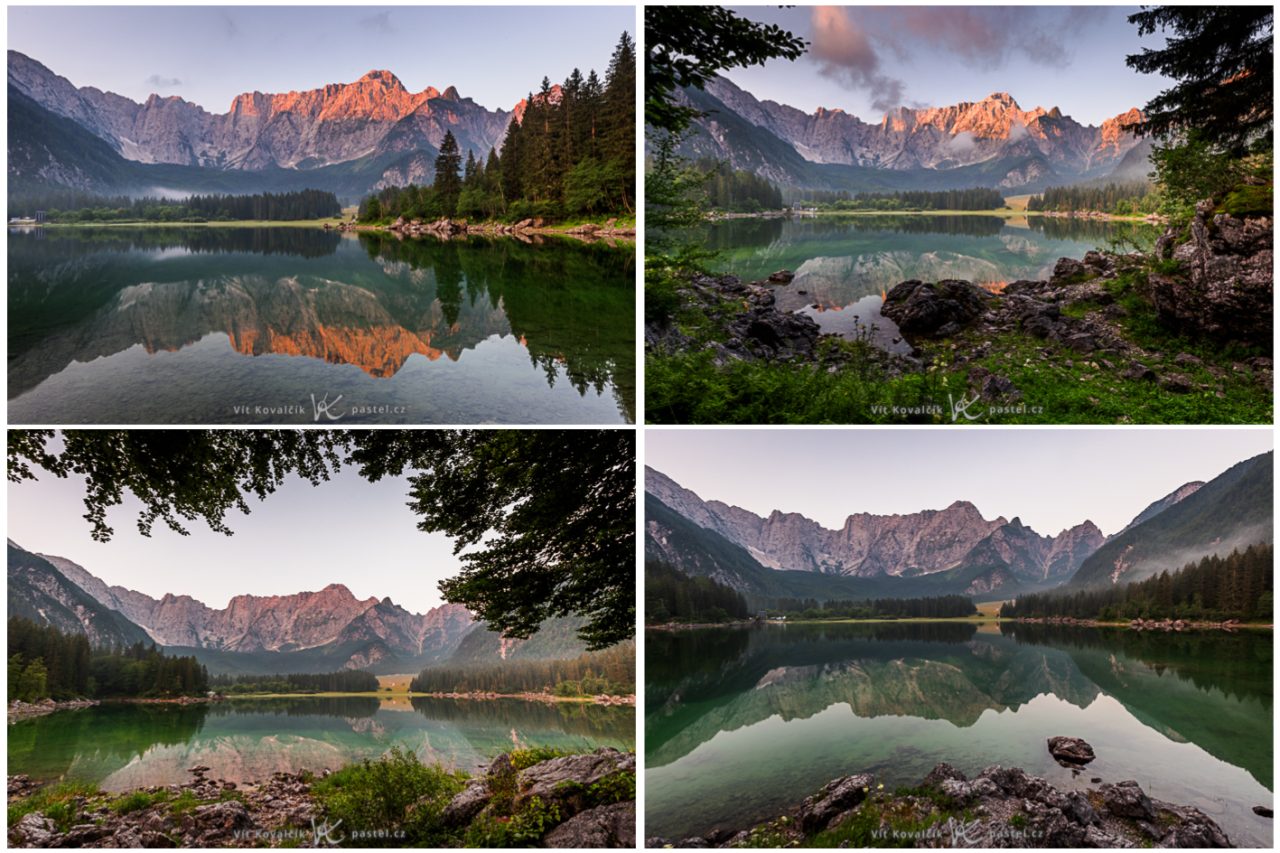
What to use for framing
Trees and leaves
Trees are everywhere in landscape photography, so if they’re already in the scene, you can use them deliberately.
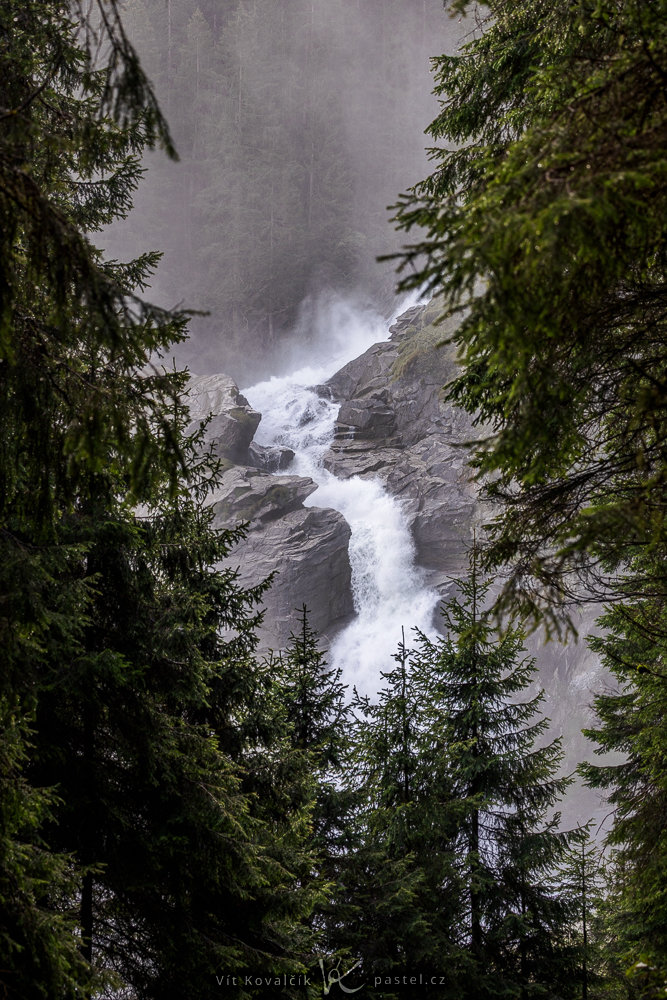
In urban settings, you need to position yourself carefully. Like backing up under a tree and shooting from an uncomfortable vantage point to use it as a frame.

It’s not common for leaves to frame all four sides. More often, it’s used from above or from the sides.
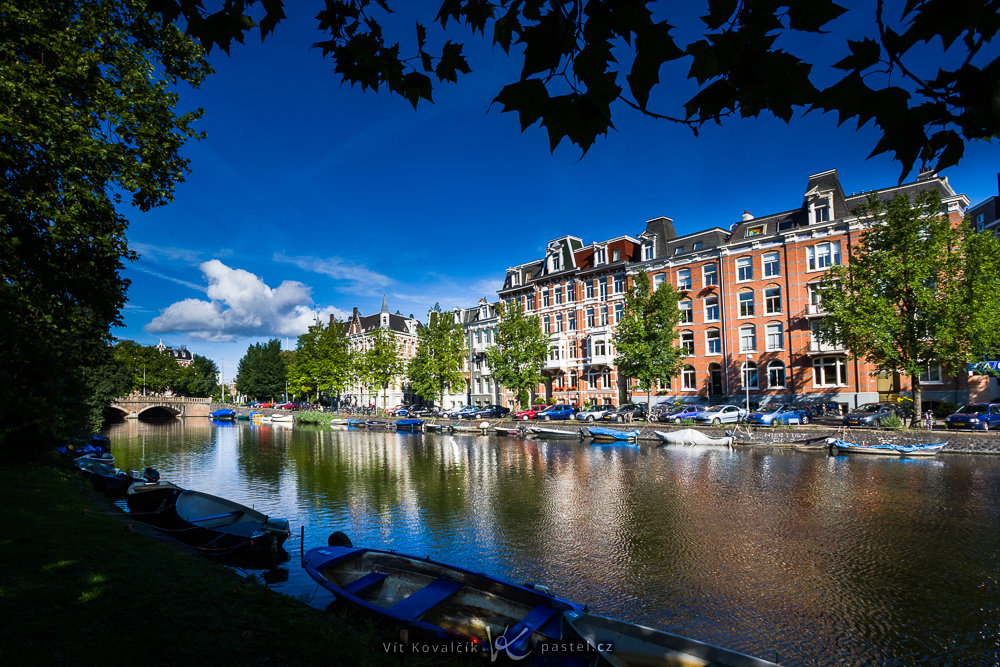
Windows and doors
Windows and doors work great for framing since they mark the transition between spaces.
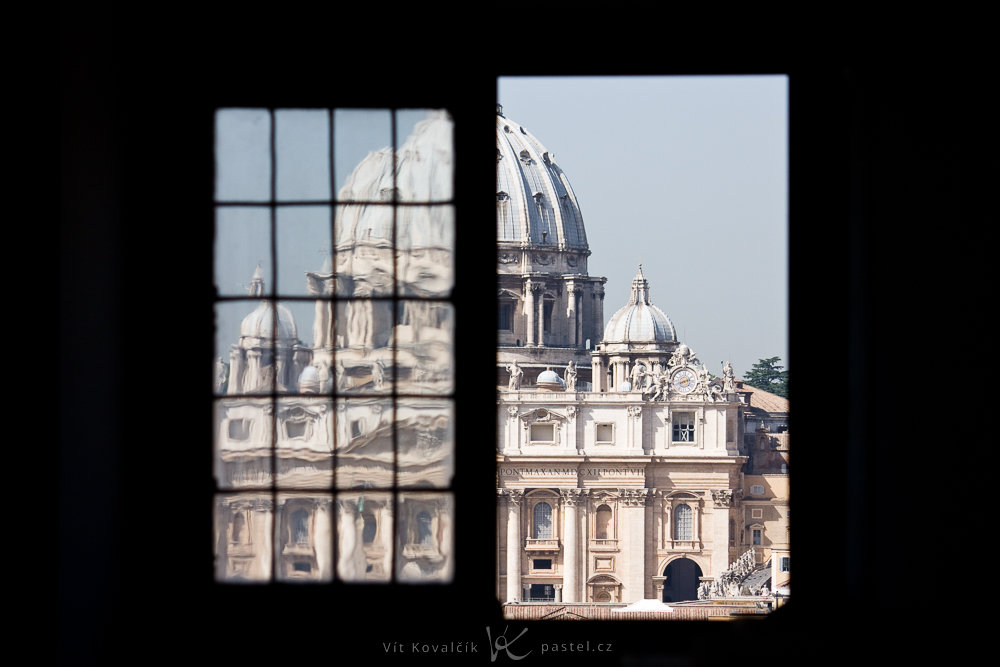

People and natural structures
In cities, arches or rows of columns are rewarding elements that make framing easier.
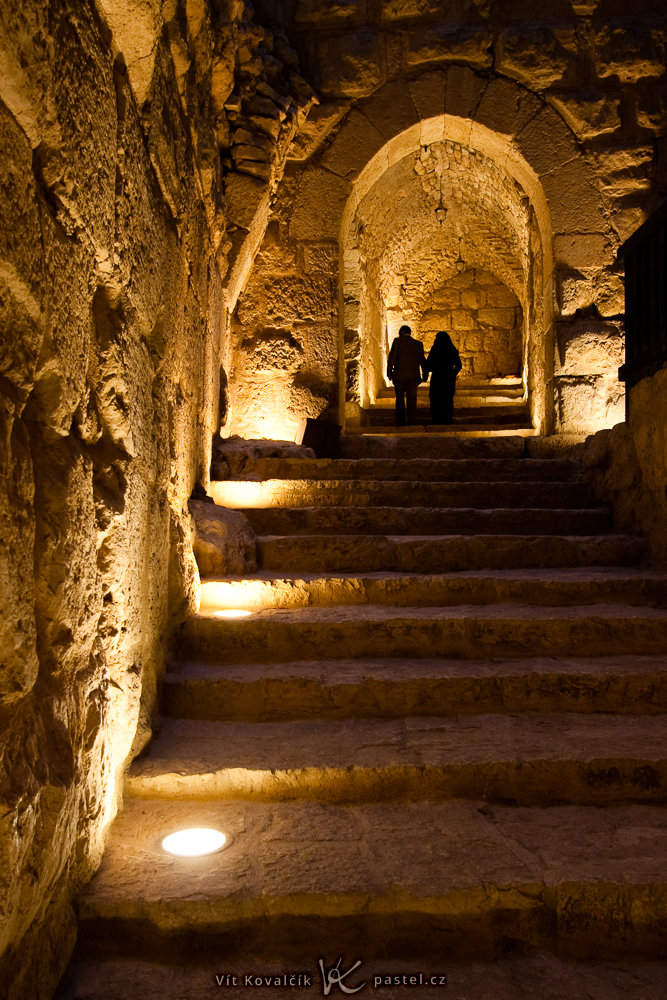
Outdoors, overhanging rocks, or natural rock “windows” can be used for framing.
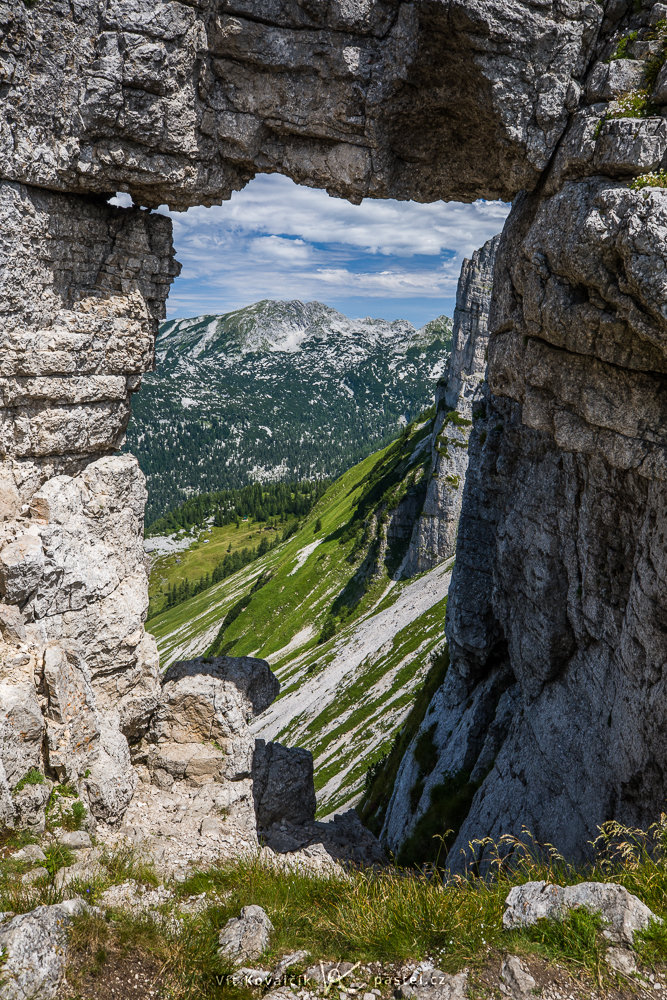
Spectators and other people
In dimly lit venues like theaters, the stage is lit and the auditorium is dark. The dark silhouette of the audience can serve as a frame.
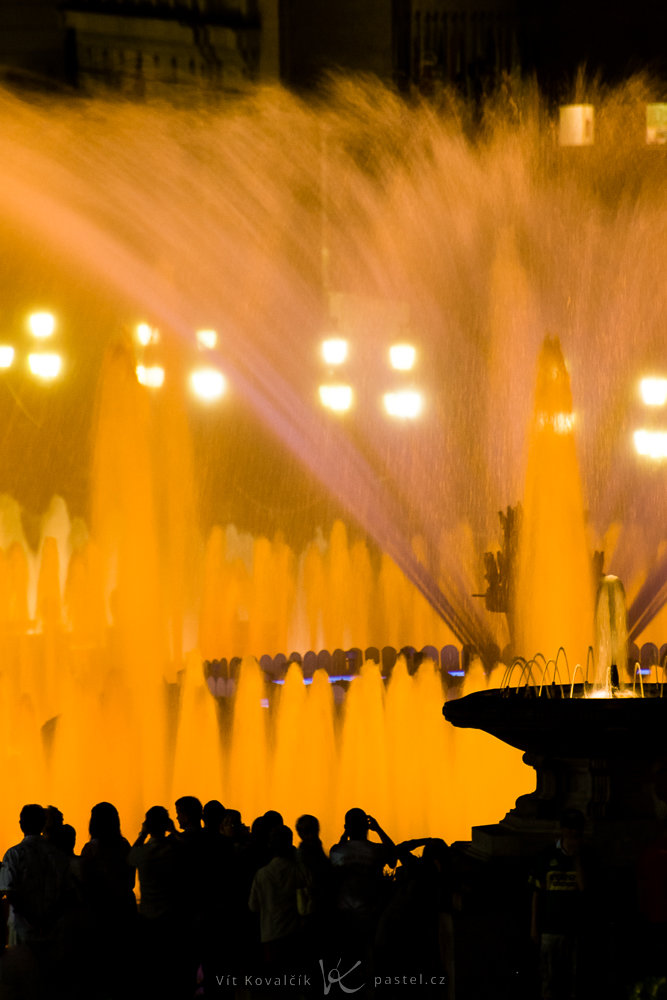
Shadows
You don’t have to just use objects for framing. Sometimes the sun and the shadows it casts can be just as effective.

Background framing
The frame is usually close to the photographer, sometimes at the same level as the subject. But it can also be behind the subject, which can be very effective in portraits.

Double framing
Using multiple frames within a single shot can be especially effective when recurring elements or passageways are available.

Try it yourself
If you haven’t tried using framing yet, give it a try. Even just searching for the right elements to use is a creative exercise and the results can be surprisingly rewarding.
Questions and answers
What exactly is framing in photography? Framing is a composition technique where an element in the scene, like a window, leaves, or an arch, creates a frame around the main subject. It helps direct the viewer’s eye and adds depth.
Does the frame have to surround the subject completely? It doesn’t have to. A full frame isn’t required. The frame can be just the top, side, or a partial frame. The main thing is that it emphasizes your subject.
How do I know if the framing works? If the framing naturally directs the viewer’s eye to your subject, gives the photo a sense of space or depth, and adds context, then the framing has done its job.
What can I use for framing outdoors or in the city? Outdoors, branches, shadows, or rock formations work well for framing. In the city, windows, arches, passageways, and even people or street furniture.
Are there rules for framing? There are helpful guidelines. For example, framing is more effective if it’s darker than the main subject. But it’s best to try different options and see what works.

There are no comments yet.